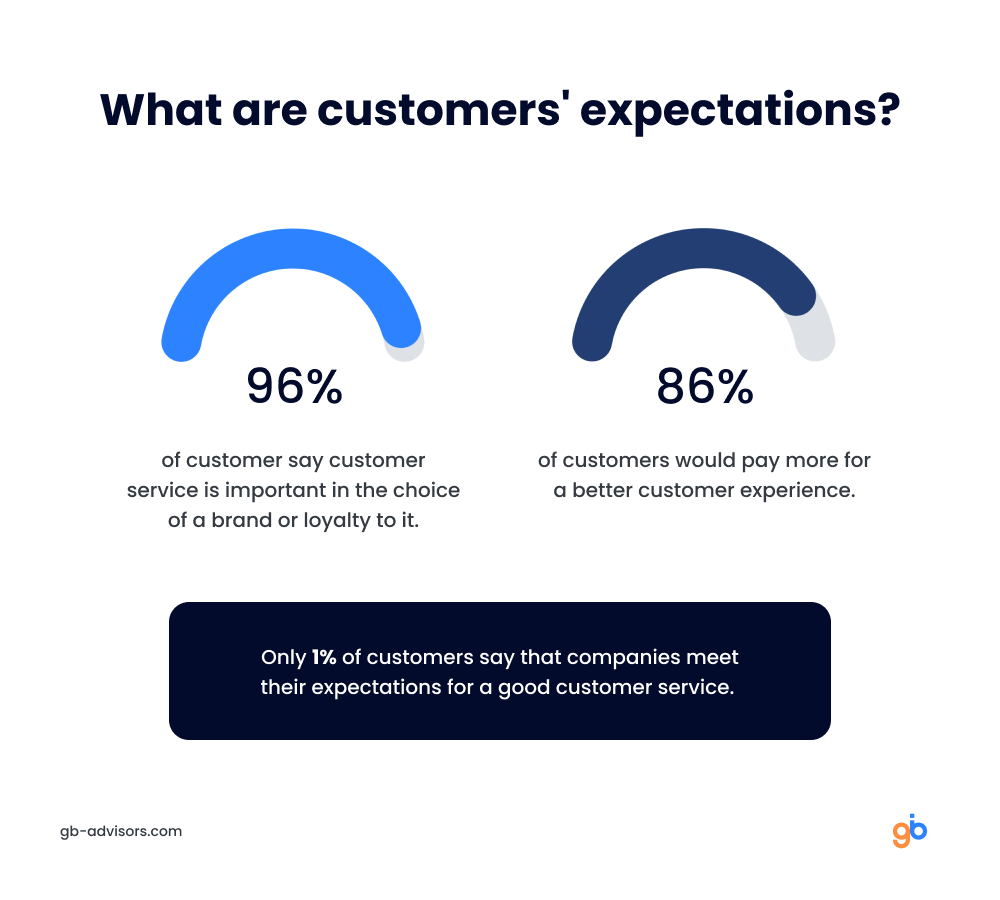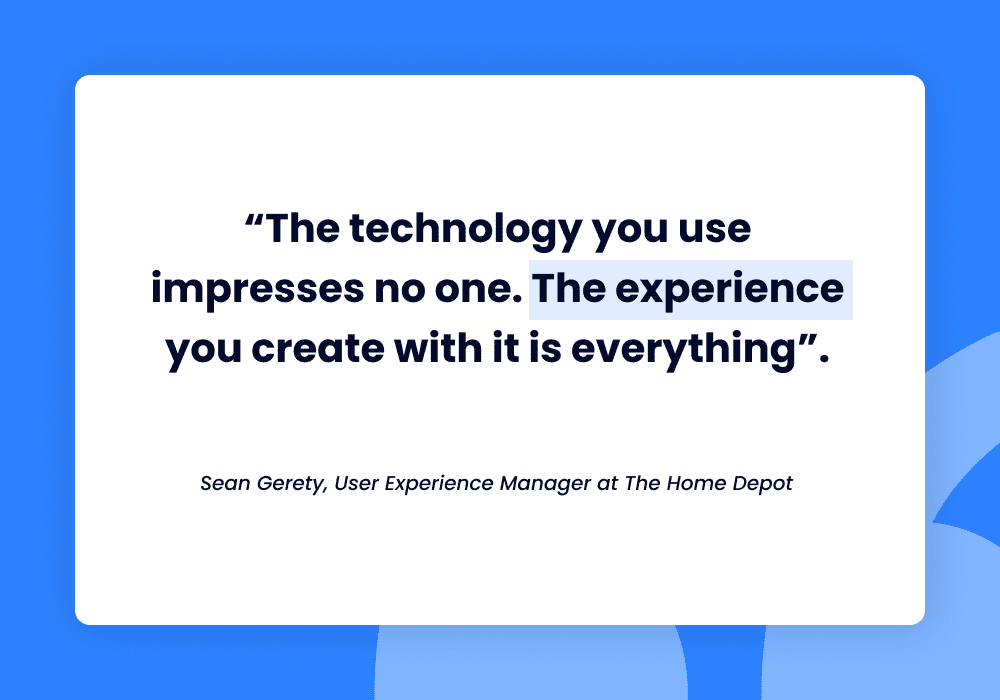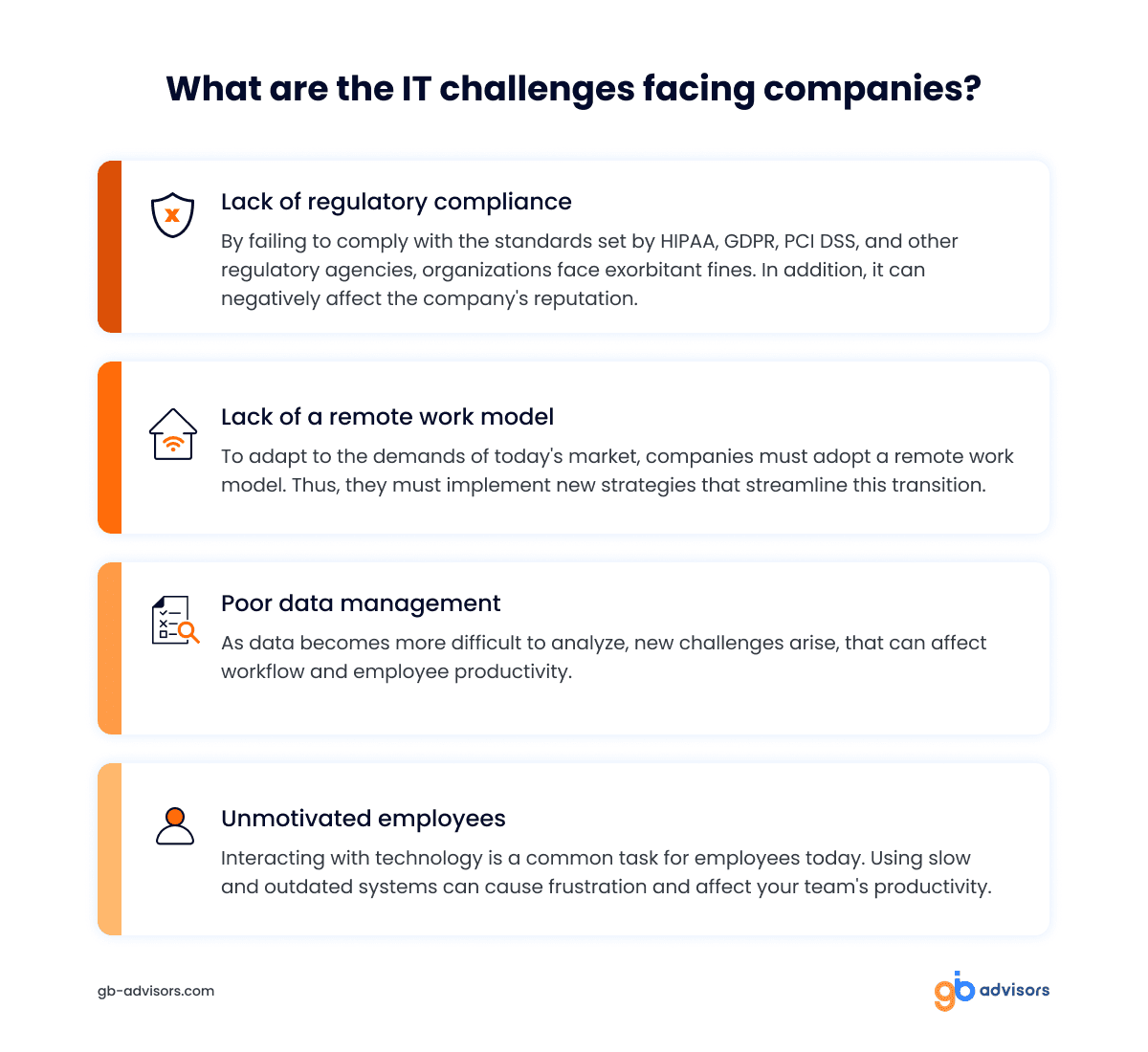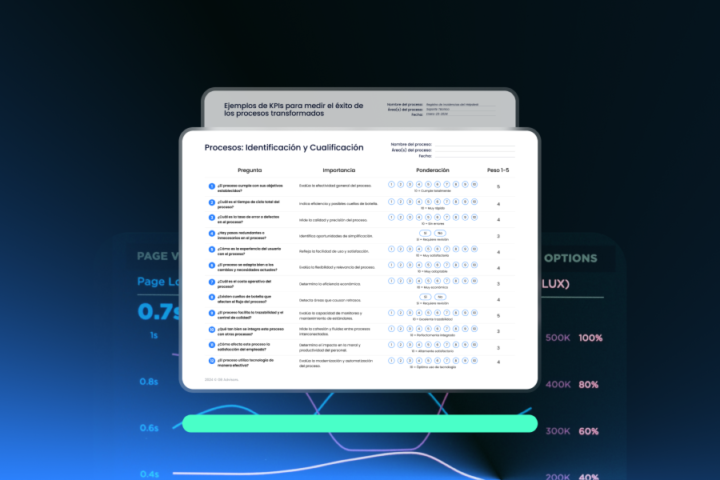One of the challenges that today’s organization’s share is that they all face big IT problems. Usually, IT professionals should strive to find innovative solutions that help them simplify their users’ processes and business operations.
IT teams are also responsible for ensuring the safety of all users and safeguarding the company’s assets.
A report published by Protiviti in 2016 showed that many companies rely on IT departments to help them increase their business value. However, to achieve this goal, it is necessary to align business objectives with strategies that help them minimize risks.
Providing good customer service is another challenge that companies must face nowadays. Thus, customers take this factor into account when evaluating a brand’s credibility.

In this context, companies must identify effectively their IT requirements, so they can plan strategies that help them solve these issues.
To help you achieve this goal, today we will show you 5 of the most common IT problems and how to solve them. Let’s begin!
5 common technology problems businesses face
1. Outdated IT infrastructure
It is no secret that innovation is the key to the success of any business. However, the challenge in many cases is the implementation of new systems and tools.
This task is even more difficult for IT departments. Agents are often focused on day-to-day requirements and barely have enough time to implement new tools.
In addition, they also have to troubleshoot failures with very limited resources and serve several business units. This requires a lot of time and effort on their part, which delays innovation.
2. Increasing waiting times
The more necessary technology becomes in a company, the greater the need to respond quickly to requests. The issue arises when the appropriate communication tools are not available and the requests received are many. The process becomes slow, information is lost, and some requests may even be overlooked.
For example, a survey conducted by TechValidate showed that 43% of IT services use email to register their requests and must classify them manually.
Without a structured system to track IT issues, the IT department cannot collect information that helps them identify recurring failures. This translates into increased response times and poor-quality service.
3. Shortage of human talent
As technology advances, companies struggle to find qualified personnel to help them keep pace. This talent shortage has affected the organizations’ growth and customer relationship.
In a study conducted by Gartner, IT executives state that the biggest barrier they face today is the lack of talent to adopt emerging technologies. This is something that exceeds even the costs associated with implementation and security risks.
In addition, many of these technological tools do not have a user-friendly interface and do not offer good documentation. Thus, employees have to learn on their own how to use each system and then explain it to other users.

4. Recurring IT problems are not documented
This issue is closely related to the previous point. In this case, if IT departments cannot keep track of their issues, the company’s resources are wasted on solving the same problem over and over again.
If it’s not possible to collect information when an incident occurs, the IT department cannot create action plans that help them address setbacks and reduce the number of requests. In these cases, it is best to attack the issues from their origin.
5. IT asset inventory is out of date
IT problems are usually related to a device assigned to a group of users, so IT professionals must collect information to identify the failure and apply an effective solution.
For example, when a group of users reports an issue regarding the same digital asset, IT technicians must check the service histories to find the source of the failure and proceed to fix it.
A survey conducted by TechValue showed that 33% of IT departments do not keep track of their assets, and when they do, it is through a spreadsheet or with outdated tools, so information is unreliable.
Here are other problems with technology examples:
Lack of automation in repetitive tasks
IT professionals must frequently troubleshoot incidents that happen regularly, resulting in wasted time and effort.
These cases can be solved by the users, if they had access to the right information or with an automated process. Automation also helps to reduce errors due to manual input, eliminating the need for multiple checks and verifications. Additionally, automated systems are often able to generate reports and insights that are not accessible through traditional methods. This allows companies to make better-informed decisions regarding their business operations.
By not having these tools, the IT team will not be able to develop its full potential, and unnecessary expenses will be incurred. 
Keep reading to learn more about these IT problems and solutions in a business!
If the operations of your business are affected by these issues, you can solve them by implementing an automated service platform. This tool will help you to manage all your requests through tickets. Which allows you to save time and effort when attending to users’ requirements.
With this platform, you will be able to control all IT assets, document your processes and create strategies that help you prevent future failures.
This tool also has an integrated knowledge base, where users can solve their doubts and manage their requests.
In addition, it is very easy to use and configure. It will also allow you to increase the productivity of your employees and automate IT processes.
For more information on this and other systems, you can contact our group of experts at GB Advisors. We will answer all your doubts, and guide you through the installation and configuration process.
What are you waiting for? Contact us and get a free consultation!



